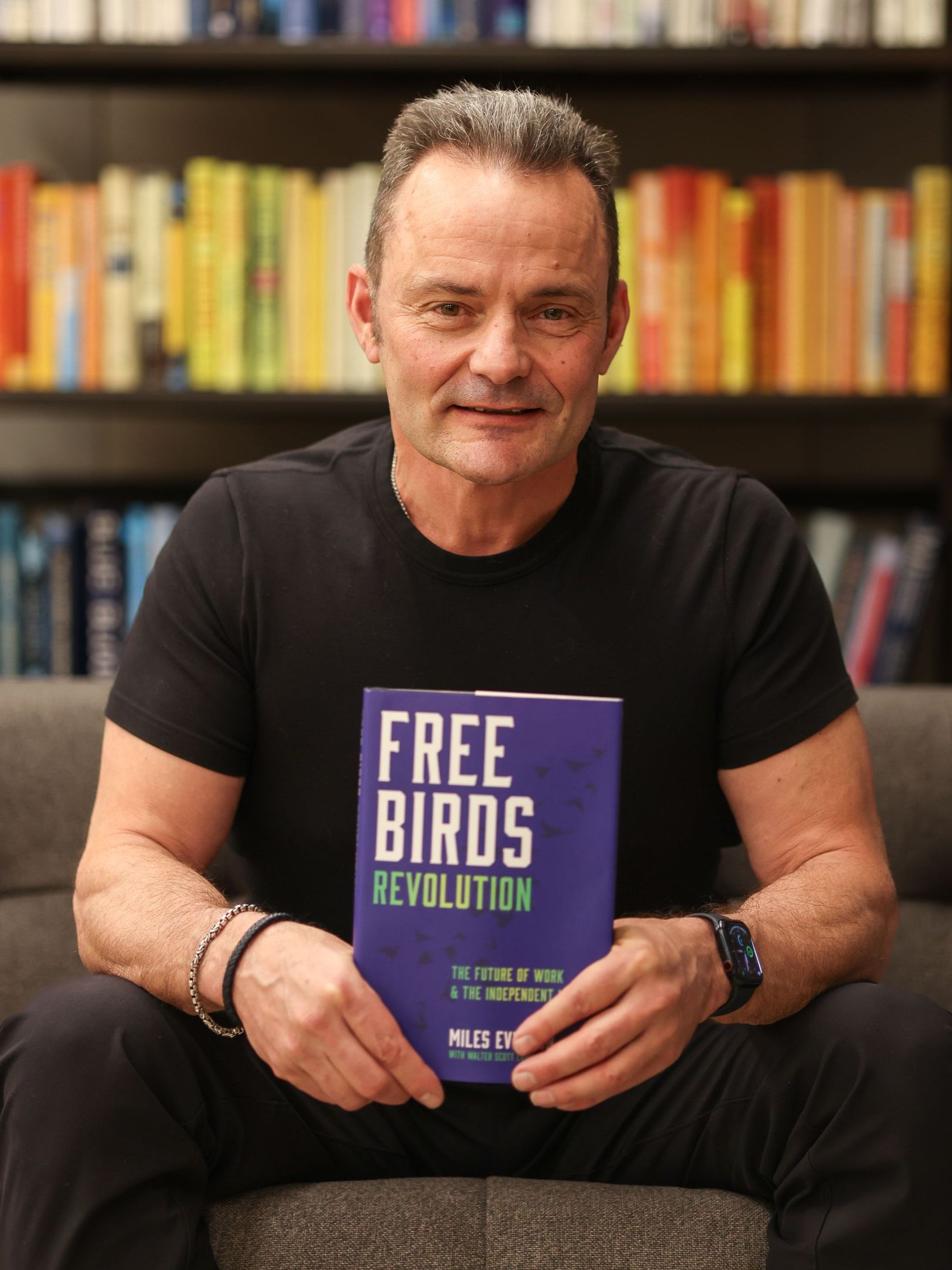Investors who bailed a year after this company went public missed out on over 1,000% in gains. Here’s why! [Wednesday: The Independent Investor]
|
Today, let’s talk about as-reported metrics and how this can impact stock valuations. Read on below to know more. Investors who bailed a year after this company went public missed out on over 1,000% in gains. Here’s why! A year after going public, Facebook looked like a fad that every investor worth his salt should bail on despite starting off strong in the wake of its initial public offering (IPO). In October 2012—five months after its IPO—Facebook had become the first social media platform to reach more than 1 billion users. Additionally, the company had just purchased photo-sharing app Instagram (a move that helped Meta compete with TikTok years later). Despite all of these things going for Facebook, its shares fell more than 30% in its first year as a public company. Simply said, lots of investors quickly lost hope in the social media giant during its early days. However, those who stuck around were rewarded as shares of Facebook (now known as Meta), are up an incredible 1,787% since its IPO. So, what gives? Why did so many investors bail on Facebook during its early days? To understand why, we need to take a deeper look at how Meta made money and how its financials are reported. As-Reported Metrics Meta used to rely on advertising for nearly all of its revenue. Facebook and Instagram collect mountains of user data and the latter is offered to advertisers for better consumer targeting. However, this wasn’t apparent once Meta’s financials were examined in 2012—the year Facebook went public. You see, according to the as-reported return on assets (ROA), Facebook only had 3% in 2012, the year it crossed 1 billion users. For reference, that’s only a quarter of the 12% corporate average, and half of what most companies need to cover costs.
Fast forward to 2013, the as-reported ROA improved to 11%, but it still didn’t beat the corporate average for the next three years. Given these metrics, it wouldn’t be surprising to assume that Meta wasn’t as profitable of a stock as it was made out to be. The problem with this assumption however, is that it’s built on what’s called generally accepted accounting principles (GAAP). For those who may not know, this is a set of standardized metrics for reporting financial results. Unfortunately, GAAP metrics often mask the real upside or downside of a business. In the case of Facebook, its as-reported numbers made it look like a middling business when in reality, it was anything but. Professor Joel Litman and his team at Altimetry Financial Research took a deep dive on Facebook through Uniform Accounting, which applies over 130 adjustments to cut through the “noise” of GAAP. The result? In 2012, Facebook’s Uniform ROA was already triple the corporate average! What’s even more astonishing is that it managed to keep its profitability around those levels for the next several years.
Based on the data above, Facebook was already an advertising powerhouse. Investors just couldn’t see it because of GAAP-reported metrics, leading them to miss out on incredible gains. Useful for Accountants, Not Investors Facebook’s case goes to show that for far too long, the market has been forced to accept misleading GAAP financials. As-reported accounting isn’t useful for investors; it’s useful for accountants. Since GAAP financials are supported by the U.S. Securities and Exchange Commission (SEC), that’s what investors see, too. However, that might be about to change. President Donald Trump’s agenda includes deregulation… and if he gets his way, companies may soon be able to report more accurate numbers alongside GAAP metrics. Simply said, if President Trump’s deregulation agenda plays out positively, then investors will have more options than ever when analyzing stocks. Hope you’ve found this week’s insights interesting and helpful.
Stay tuned for next Wednesday’s The Independent Investor! Are you familiar with Marc Andreessen? Learn more about why you should invest like it’s the summer of 1996 in next week’s article! |

Miles Everson
CEO of MBO Partners and former Global Advisory and Consulting CEO at PwC, Everson has worked with many of the world's largest and most prominent organizations, specializing in executive management. He helps companies balance growth, reduce risk, maximize return, and excel in strategic business priorities.
He is a sought-after public speaker and contributor and has been a case study for success from Harvard Business School.
Everson is a Certified Public Accountant, a member of the American Institute of Certified Public Accountants and Minnesota Society of Certified Public Accountants. He graduated from St. Cloud State University with a B.S. in Accounting.




